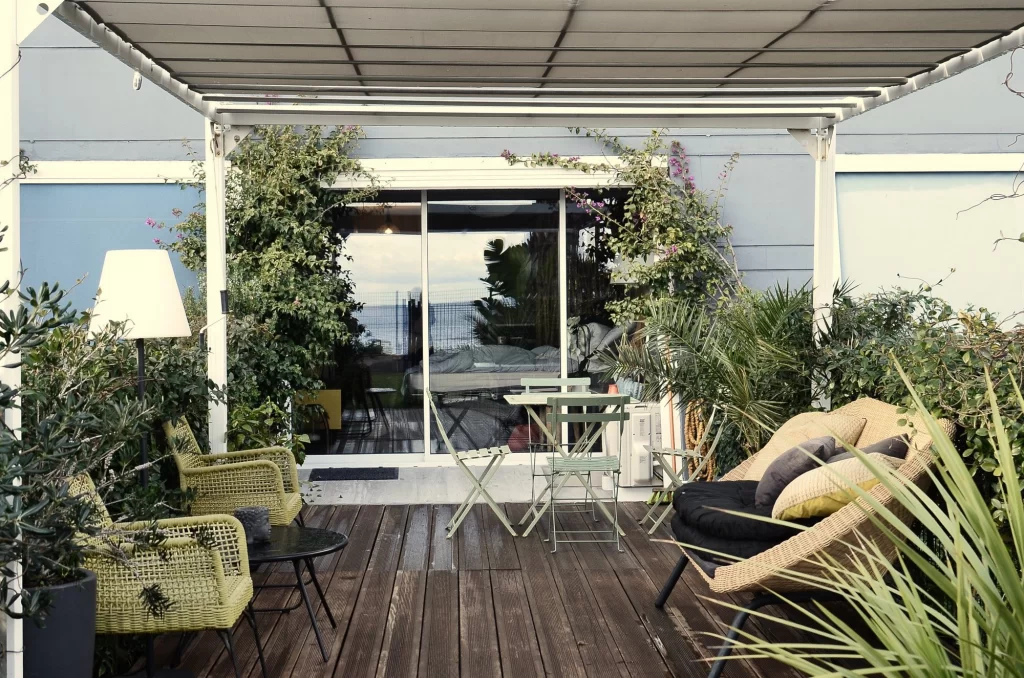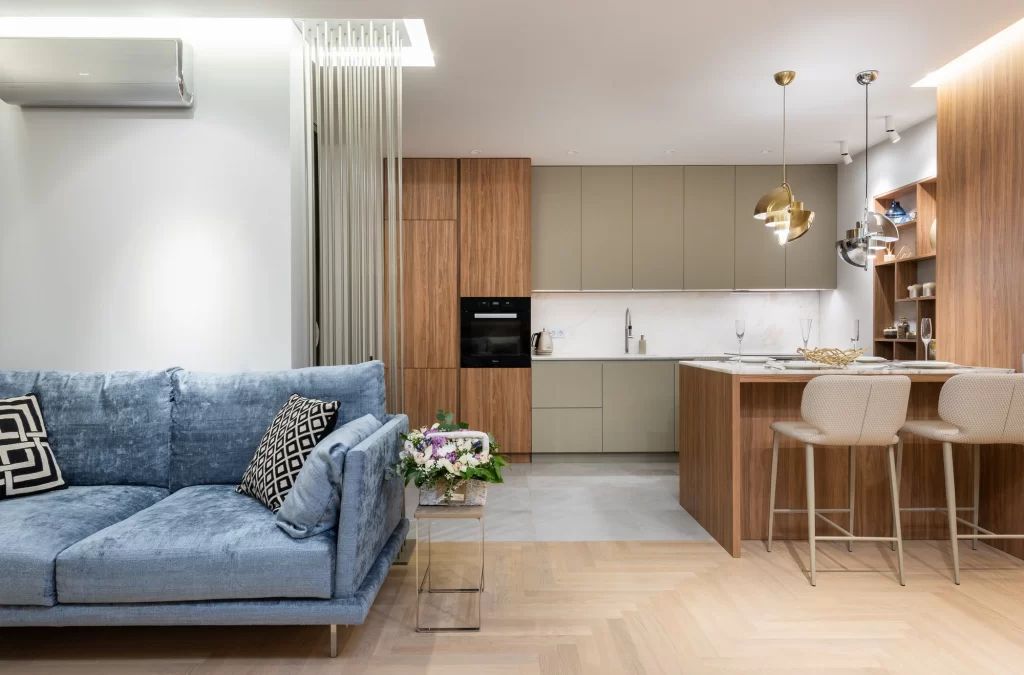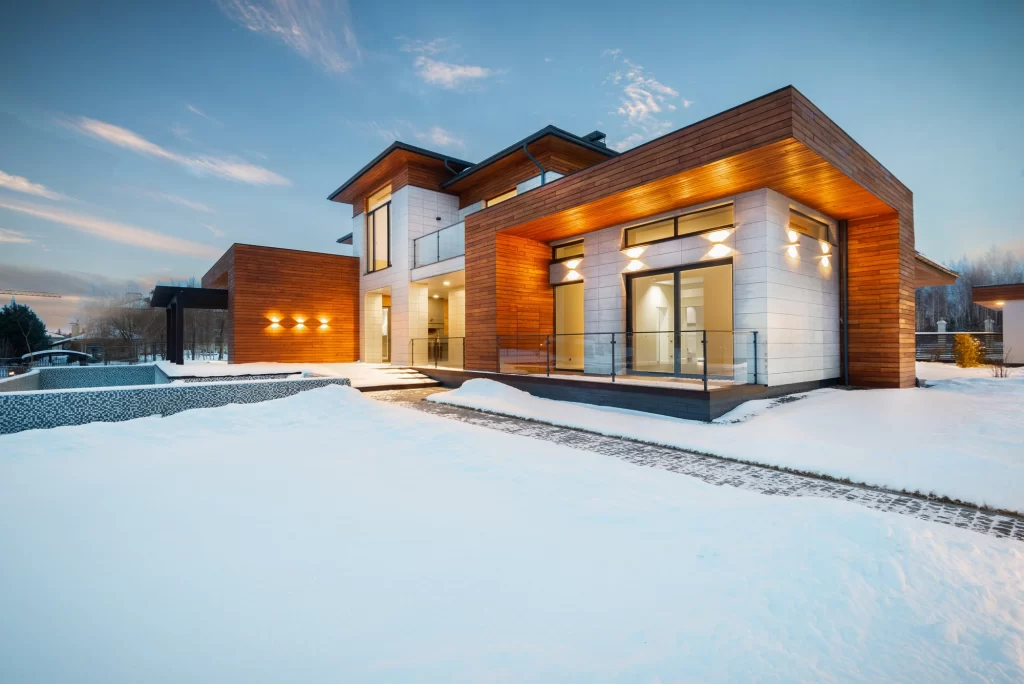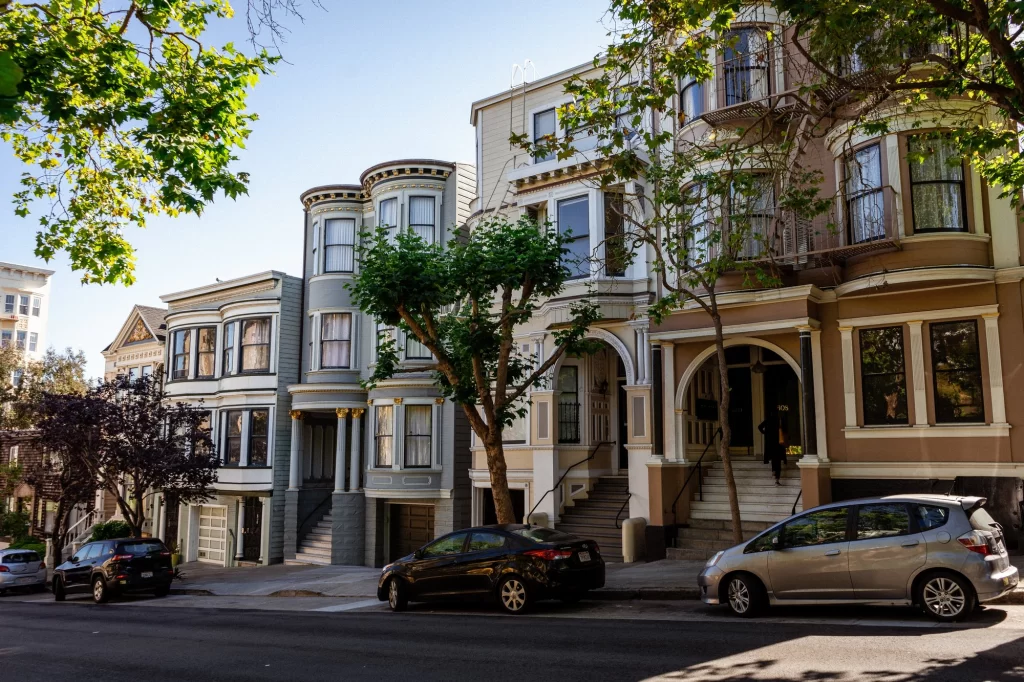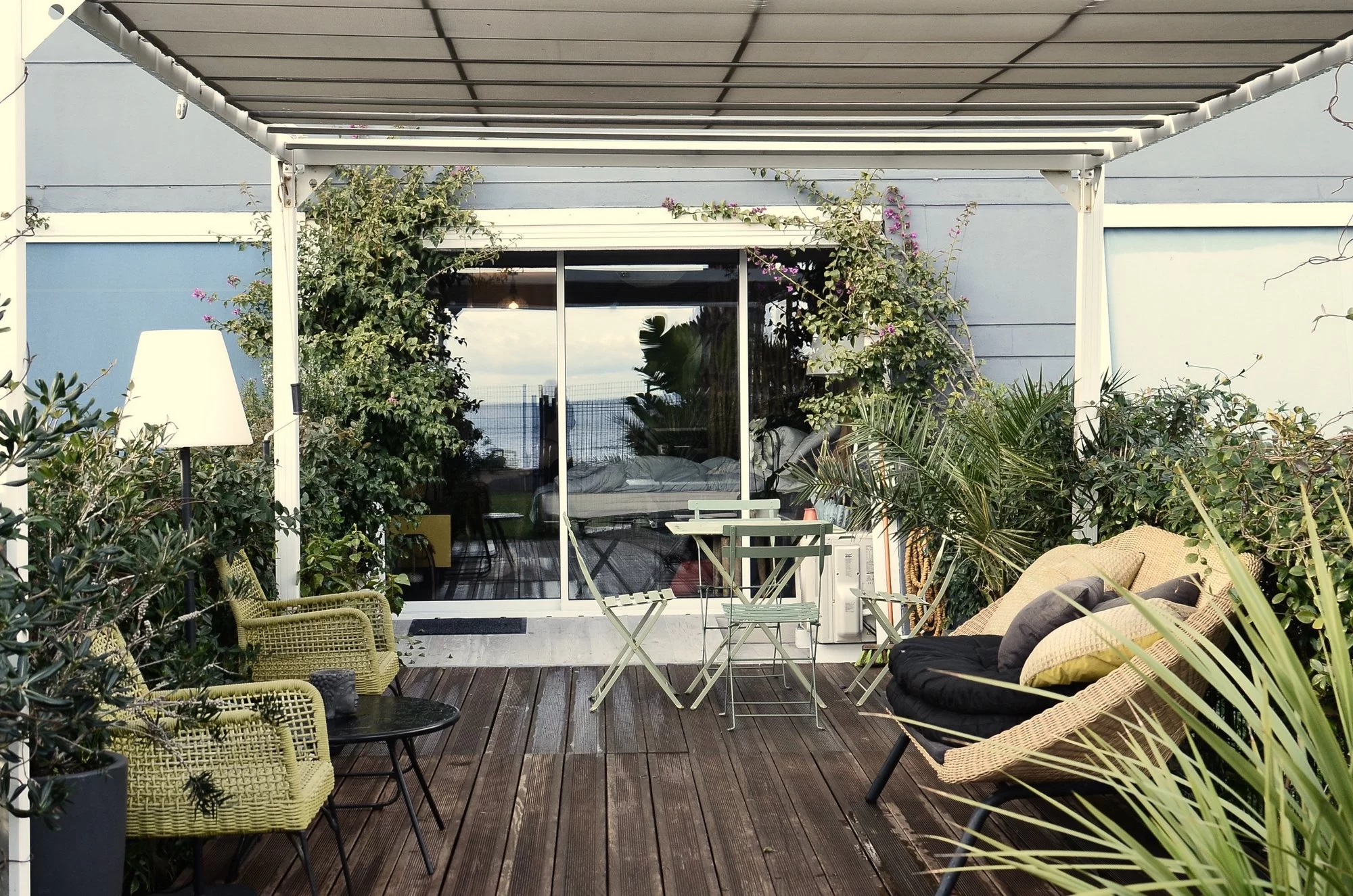A sustainable home is one that is designed and built to minimize its environmental impact while also providing a comfortable and healthy living environment for its occupants. There are several key elements that make a home more sustainable, including energy efficiency, water conservation, and the use of sustainable materials. Planning for the future of a sustainable home also involves considering factors such as the home’s adaptability to changing technology and the potential for future expansion or renovation.
Energy efficiency is one of the most important factors to consider when making a home more sustainable. This includes the use of energy-efficient appliances and lighting, as well as the incorporation of features such as solar panels, geothermal heating and cooling systems, and insulation. These features not only reduce the home’s energy consumption but also its carbon footprint and can result in cost savings for the homeowner over time.
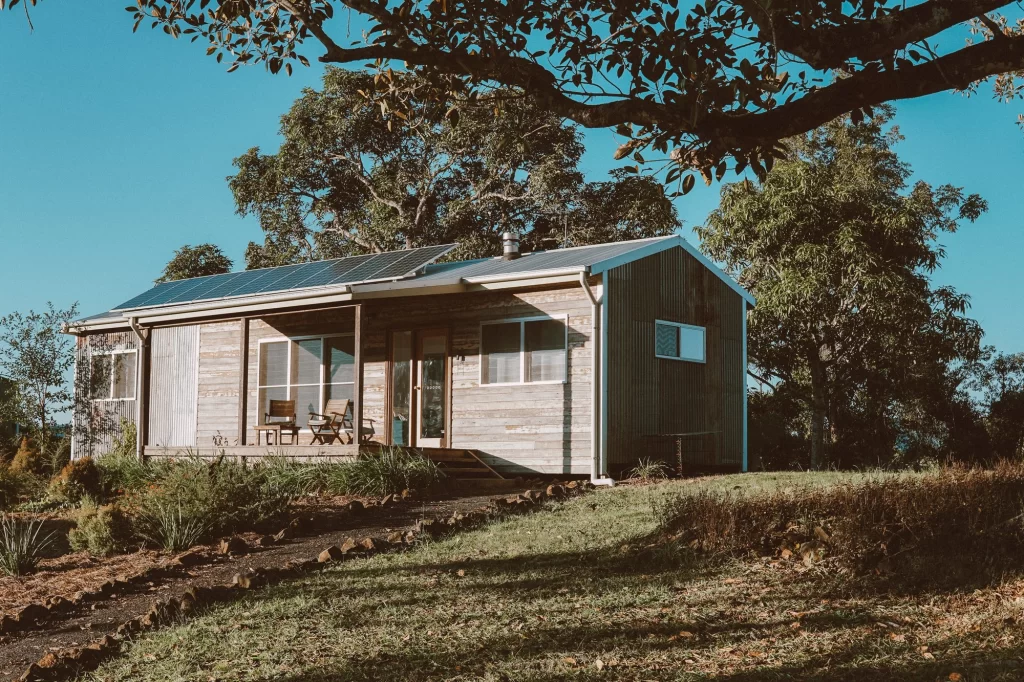
Water conservation is another important aspect of sustainable home design. This can be achieved through the use of low-flow showerheads, toilets, and faucets, as well as the incorporation of rainwater harvesting systems. These systems allow homeowners to collect and store rainwater for use in irrigation, which can help to reduce the overall water consumption of the home.
The use of sustainable materials is also an important aspect of sustainable home design. This includes the use of materials such as bamboo, cork, and reclaimed wood, which are all renewable and have a lower environmental impact than traditional materials such as concrete and steel. Additionally, the use of non-toxic and low-VOC (volatile organic compounds) materials, such as paint and adhesives, can improve indoor air quality and contribute to the overall health and well-being of the home’s occupants.
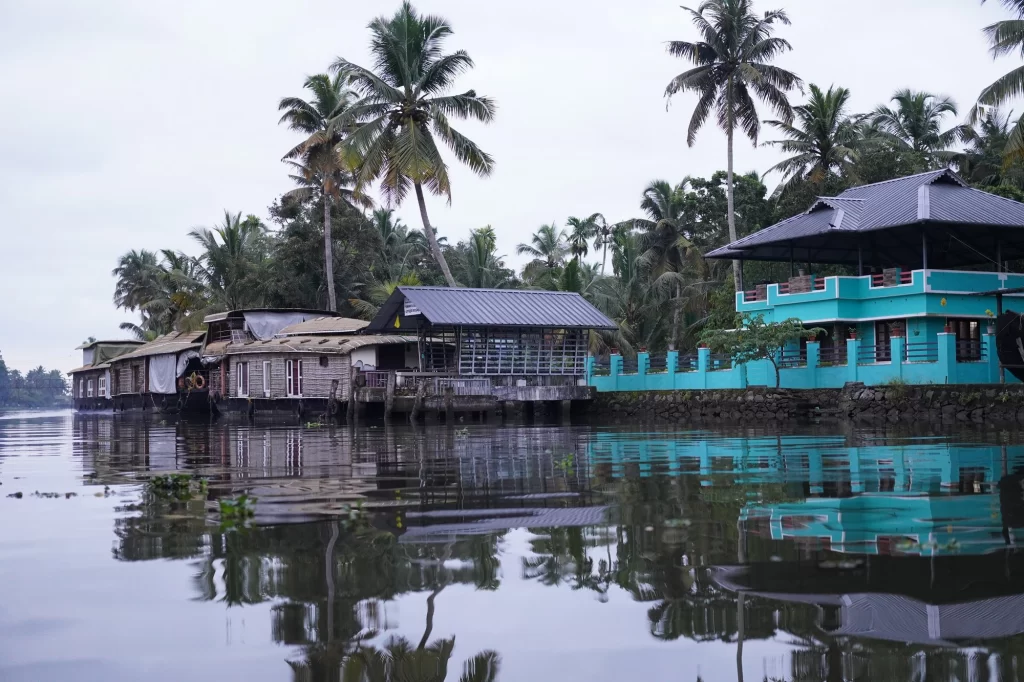
Planning for the future of a sustainable home also involves considering its adaptability to changing technology. This includes the incorporation of smart home technology, which allows for remote control and monitoring of the home’s systems, as well as the use of renewable energy sources such as solar and wind power. Additionally, the incorporation of a flexible floor plan and the use of modular construction can make it easier to adapt the home to the changing needs of the occupants over time.
Another important aspect of planning for the future of a sustainable home is its potential for expansion or renovation. This includes considering the potential for adding additional living space, such as an attic or basement, as well as the potential for incorporating green roofs, solar panels, and other sustainable features. Additionally, the use of modular construction and the incorporation of a flexible floor plan can make it easier to adapt the home to the changing needs of the occupants over time.

In conclusion, a sustainable home is one that is designed and built to minimize its environmental impact while also providing a comfortable and healthy living environment for its occupants. Key elements of a sustainable home include energy efficiency, water conservation, and the use of sustainable materials. Planning for the future of a sustainable home involves considering its adaptability to changing technology, its potential for future expansion or renovation, and its overall flexibility to changing needs of the occupants. With the right planning, a sustainable home can not only be environmentally friendly, but also provide a comfortable and healthy living environment for generations to come.


